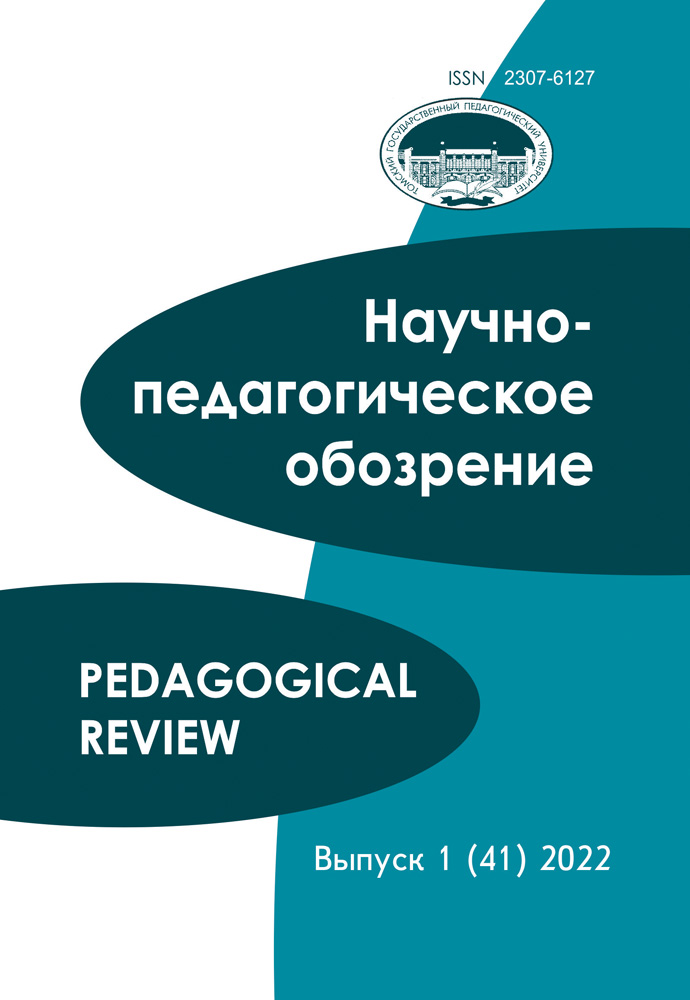Search
| # | Search | Downloads | ||||
|---|---|---|---|---|---|---|
| 1 | As shown in a number of recent publications (see, in particular, (Aikhenvald, 2011ab), (Nikitina, 2012), (Evans, 2013)), the binary opposition of direct vs. indirect speech is not applicable to many languages of the world. In particular, in the reported speech constructions of many languages, part of deictic elements is chosen from the perspective of the current interlocutors, whereas other elements are oriented towards the reported interlocutors. This paper discusses personal deixis in the reported speech constructions of Tanti – a dialect of Dargwa (East Caucasian). A remarkable part of these constructions shows “mixed” properties: the verb form is chosen as if it were direct speech, while the pronouns reflect the current communicative situation. As a result, we observe constructions where the verb “disagrees” with the NP that is expected to control agreement (lit. ‘Johni said hei am ill’). I tried to show that in the reported speech, all elements of personal deixis within the verb (person, direct/inverse, etc.) are synchronically chosen from one of the two possible points of view (current interlocutors vs. reported interlocutors). At far as pronouns are concerned, the speaker is free to choose his point of view and not take into account neither the form of the verb nor the person of other pronouns. This violates the well-known ‘Switch Together constraint’ (Anand and Nevins, 2004: 24). In this paper, I explained these phenomena by the “referential” nature of agreement in Dargwa: when choosing an agreement marker, the speaker of Dargwa normally focuses on the properties of the referent of the controlling NP (not on the formal properties of the head noun). At the same time, since “disagreement” and other properties of reported speech are common for several Nakh-Dagestanian languages, we need to look for a more general and more theoretically oriented approach. Keywords: Dargwa, Dargi, Nakh-Dagestanian languages, East Caucasian languages, reported speech, direct speech, indirect speech, personal agreement, gender agreement, semantic agreement | 1511 | ||||








